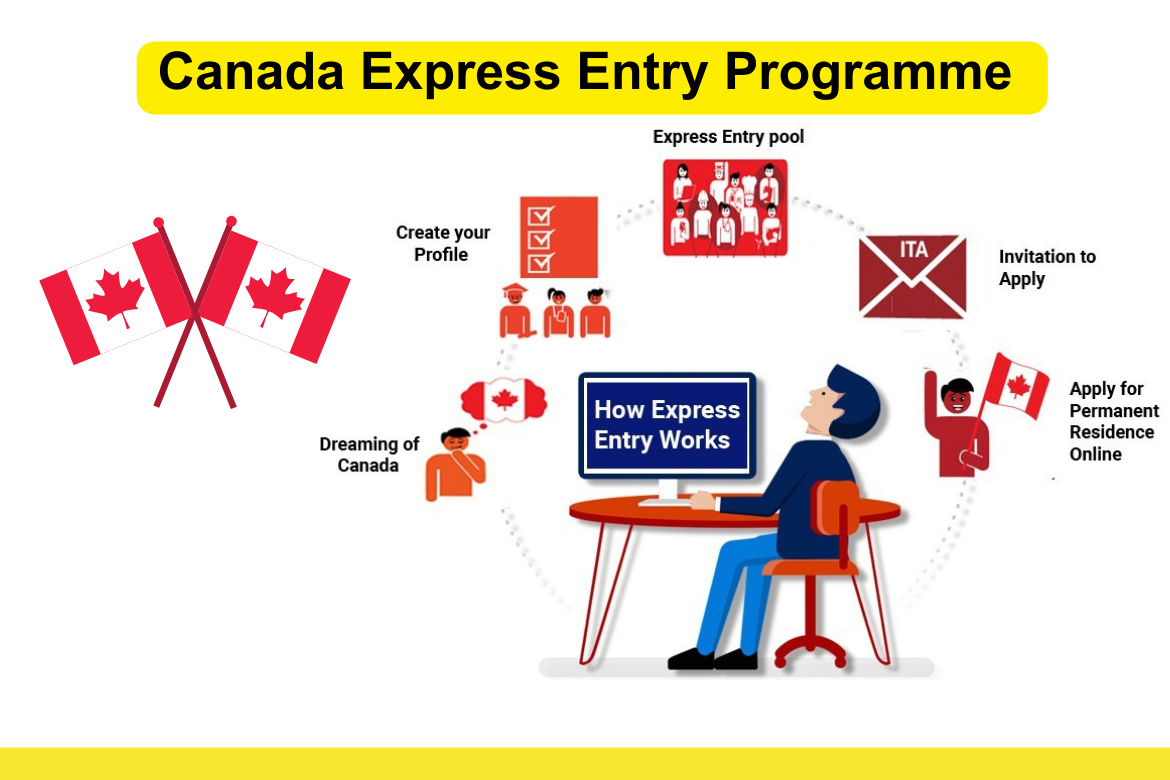In An Express Entry System Category-based draws may seem like a game of chance, but there are strategic ways to increase your chances of coming out on top. By analyzing past winners and understanding the selection criteria, you can gain valuable insights into how to position yourself for success.
Play to Your Strengths
One effective strategy is to focus on entering categories where you have a competitive advantage. By showcasing your expertise and experience in a specific field, you can set yourself apart from other participants and increase your chances of being selected.
Diversify Your Entries
While it’s important to play to your strengths, it’s also beneficial to diversify your entries across multiple categories. This not only increases your overall odds of winning but also allows you to explore new opportunities and expand your skill set.
Stay Up to Date
To maximise your chances in category-based draws, it’s crucial to stay informed about the latest trends and developments in your chosen categories. By staying ahead of the curve, you can tailor your entries to align with current industry standards and preferences.
Network and Collaborate
Building connections within the community of participants can also work in your favor. By networking with other entrants and potential collaborators, you can gain valuable insights and support that may improve your chances of success.
In recent weeks, several outlets have indicated that many immigration candidates are expressing concern over high CRS cut-off scores. Thus far in 2024, there has not been a general Express Entry draw with a minimum/cut-off CRS score below 524.
CRS scores for category-based selection draws in 2024
IRCC has conducted eight category-based Express Entry draws to date this year.
Compared to IRCC’s nine general and program-specific draws this year, the department’s CRS cut-off for category-based draws has been at least 33 points lower in every 2024 draw.
Specifically, IRCC’s eight category-based draws so far this year breakdown as follows:
| Date | Month | Categories | CRS Score |
| 1 | February | French language proficiency draw | 365 |
| 14 | February | Healthcare draw | 422 |
| 16 | February | Agriculture and Agri-Food draw | 437 |
| 29 | February | French language proficiency draw | 336 |
| 13 | March | Transport draw | 430 |
| 26 | March | French language proficiency draw | 338 |
| 11 | April | Transport draw | 491 |
| 24 | April | French language proficiency draw | 410 |
Accordingly, Express Entry candidates who are concerned about obtaining a CRS score that is high enough for IRCC’s general draws may find value in pursuing an ITA through IRCC’s category-based Express Entry draws, as this allows eligible candidates to benefit from a generally lower CRS cut-off requirement.
Am I eligible for category-based selection?
To be eligible for an ITA through a category-based Express Entry draw, candidates must meet a unique set of criteria depending on the category they fall under.
More: Visit this dedicated webpage for more details on all six categories, and to see if you may be eligible for IRCC’s category-based draws, depending on your NOC code and other criteria.
Specifically, in addition to meeting all the requirements included in the instructions for a specific round of invitations, applicants must meet additional criteria depending on the applicable category.
French language proficiency category
- Have a minimum score of 7 in all four language abilities (speaking, reading, writing and listening) on the Niveaux de compétence linguistique canadiens (NCLC)
More: In April, IRCC announced that French language proficiency will account for the majority (30%) of ITAs issued through category-based draws this year.
Occupational categories
In 2024, IRCC has chosen to focus on immigration candidates with eligible work experience in the following five industries:
- Healthcare
- STEM
- Trades
- Transport
- Agriculture and Agri-Food
All occupational categories eligible for category-based selection require candidates to have at least six months of eligible full-time, continuous (or equivalent part-time) work experience in the last three years. This work experience may have been obtained in Canada or abroad.
Note: Although the list of eligible National Occupation Classification (NOC) codes varies based on the occupational category, qualifying work experience must have been obtained in a single occupation under one of the qualifying NOCs in a given category.


 Projected increases indicate that the number of immigrants welcomed will rise to 117,500 annually in both 2025 and 2026. Given these figures, it’s crucial for potential immigrants and recent arrivals to examine the
Projected increases indicate that the number of immigrants welcomed will rise to 117,500 annually in both 2025 and 2026. Given these figures, it’s crucial for potential immigrants and recent arrivals to examine the  Possess a minimum of one year’s full-time or equivalent work experience within the past decade in a skilled role, as per the National Occupation Classification (NOC) TEER levels 0, 1, 2, or 3.
Possess a minimum of one year’s full-time or equivalent work experience within the past decade in a skilled role, as per the National Occupation Classification (NOC) TEER levels 0, 1, 2, or 3.